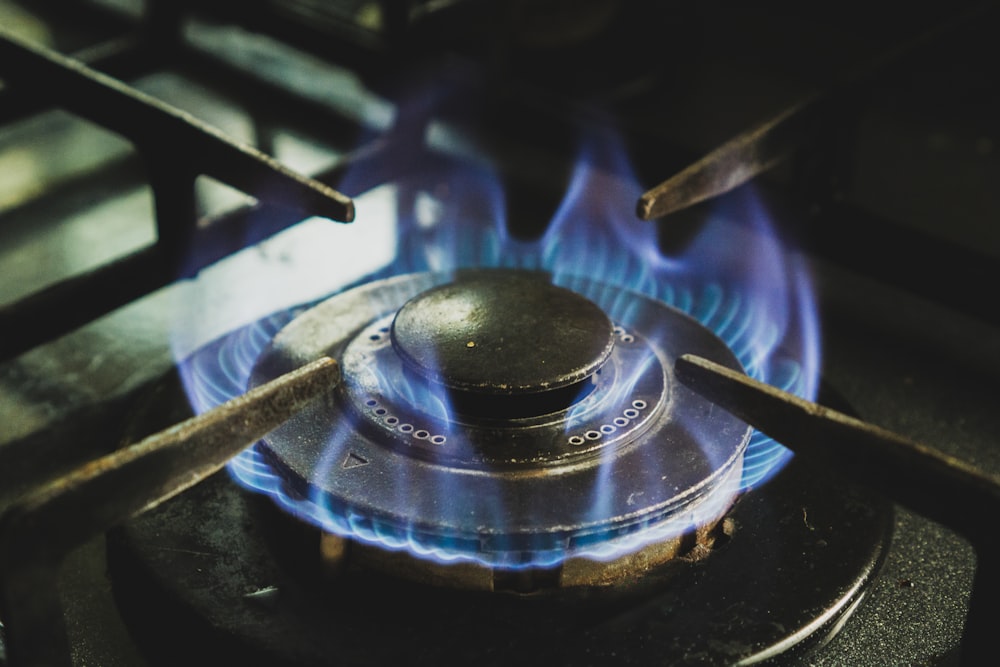Did President Trump Reduce Gas Prices?
Image Source: Unsplash
No energy topic elicits as much interest as gas prices. The three most popular articles I have ever written — one with more than a million views — were about gas prices.
Most search phrases driving readers to my articles contain “gas prices.” What readers seem to be most interested in knowing is whether Donald Trump reduced gasoline prices when he was president. There is a widespread perception that Trump inherited high gasoline prices, and promptly reduced them to $2.00/gallon. I encounter this sentiment frequently.
Let’s look at what happened.
Thirty Years of Gasoline Prices
It is perhaps instructive to look at a 30-year history of gasoline prices to establish the patterns and provide explanations for why gasoline prices changed over time.
(Click on image to enlarge)

Average Annual Gasoline Price 1994-2023. ENERGY INFORMATION ADMINISTRATION
There are several patterns we can observe in the graphic. Gasoline prices were relatively stable from 1994 to 2002. Then, oil demand growth began to outstrip supply growth, and oil prices steadily climbed. Fears that global oil production was peaking put further pressure on oil prices, which reached nearly $150 a barrel in the summer of 2008.
The housing crisis of 2008-2009 then unfolded. Additional pressure was put on the economy from high oil prices, and the economy went into recession. Oil prices — and in turn gasoline prices — fell sharply in 2009.
As economic recovery began in 2010, oil prices recovered. The U.S. then experienced elevated gasoline prices from 2011 through 2014.
However, the shale oil boom was adding millions of barrels per day of oil and finished products to the world markets. OPEC ultimately responded with a price war against U.S. shale producers. Oil prices subsequently collapsed. See OPEC’s Trillion-Dollar Miscalculation for more details on what happened.
In the face of the oil price collapse, consumers enjoyed low gasoline prices in 2015 and 2016, but then oil prices began to recover. Gasoline prices rose in 2017 and 2018, before easing slightly in 2019.
Then the COVID-19 pandemic hit the U.S. in 2020. Oil prices collapsed, and the average annual gasoline price fell to the lowest level since 2016.
The 2020 oil price collapse caused significant disruptions in the oil industry. Some marginal production was shut in permanently, and some producers went bankrupt. Demand recovered quickly, but supply lagged. In the second half of 2020, gasoline prices rose rapidly, and that rise would persist through 2021.
In early 2022, Russia invaded Ukraine. A decision to stop Russian imports disrupted operations in many U.S. refineries. In response, the price of oil surged to above $100/bbl, and the national average price of gasoline briefly topped $5.00/gallon. The average price of gasoline in 2022 was $4.06/gallon, the highest annual average on record. Priced pulled back some in 2023, at least partially in response to a record release from the Strategic Petroleum Reserve.
President Trump’s Impact
There are reasonable explanations for the movements of gasoline prices over the past 30 years. Few of those movements involve actions taken by a president.
President Trump took office in January 2017. The average price of gasoline had fallen for two years prior to his inauguration. Then the national average price of gasoline rose during Trump’s first two years in office, before pulling back some in his third year.
Trump took some actions designed to help the oil industry, but those actions take years to impact supply, and subsequently prices.
Although Trump is often credited with low gasoline prices, the average price during Trump’s first three years in office was higher than during Obama’s last two years in office. But this isn’t the general impression people seem to have. One shouldn’t read too much into this, as there were macro factors – like strong global demand – putting upward pressure on prices.
When the COVID-19 pandemic hit in 2020, it upended the oil markets. By April 2020, stay-at-home orders caused oil demand to crash. Production, in turn, dropped by 3 million barrels per day in May 2020. Oil futures briefly went negative. The stock market was crashing, and the national average gasoline price briefly dropped below $2.00 a gallon.
Some fondly recall $2.00/gallon of gasoline, but they forget that it’s because there was little demand for gasoline since most people stopped traveling. To the extent you give credit to Trump for low gasoline prices, you would need to account for which actions of his caused gasoline prices to fall. The stay-at-home orders? Yes, if you want to credit him for that, this was a major factor in the drop in gasoline prices.
But as soon as those orders ended, gasoline prices began to climb. In the last eight months of Trump’s presidency — following the decline to $2.00/gallon, gasoline prices climbed nearly 25%. The increase that began in the summer of 2020 continued throughout 2021.
Biden’s energy policies didn’t help, but supply chain disruptions made the biggest impact on gasoline prices during Biden’s presidency. (For a thorough comparison of the energy policies of President Trump and President Biden, see this month’s cover story in Shale Magazine).
The truth is that gasoline prices did fall sharply during the last year of Trump’s presidency. But that drop happened because of the response to the COVID-19 pandemic. Further, prices had begun to steeply climb before Trump left office in January 2021. Thus, those who credit President Trump’s energy policies for the drop in gasoline prices are presenting a misleading picture at best.
More By This Author:
U.S. Oil Production Develops Massive Lead Over Russia And Saudi Arabia
U.S. Energy Independence Soars To New High
2024 Statistical Review Of World Energy Highlights
Follow Robert Rapier on Twitter, more




